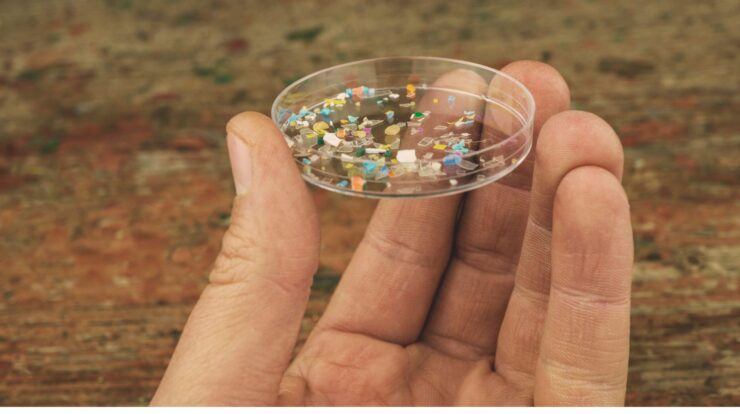
A U.S. study reveals that nanoplastics can soak up heavy metal ions, potentially resulting in new developments.
severe health issues
Scientists have discovered that nanoplastics derived from actual plastic waste can easily absorb toxic lead and cadmium ions. According to researchers at the New Jersey Institute of Technology, these nanoplastics function like “Trojan horses,” transporting these metallic elements into living creatures and boosting their accumulation within them.
Nanoplastics were created from polyethylene terephthalate (PET), polystyrene (PS), and polypropylene (PP) through a milling process.
The materials were analyzed with dynamic light scattering (DLS) and scanning electron microscopy (SEM), confirming particle sizes under 200 nm.
The greatest adsorption capability was observed with polypropylene.
The researchers pointed out that polypropylene exhibited the greatest capability for absorbing nanoparticles, yet all three materials demonstrated significant potential in binding to metallic elements. Among them, lead was absorbed most rapidly, with each of the three material types managing to absorb 99% of it inside the first 5 minutes.
nanoplastics
.
“Adsorption is a surface phenomenon. If you have a very high surface area, it stands to reason that your adsorption would be higher,” said Somenath Mitra, who was part of the study.
Nanoplastics found in real-world vary in shape size, however, those manufactured in the lab are consistently spherical that offer higher surface area.
Plastics waste gathered from trash
The research team carried out dynamic light scattering and electron microscopy, and spectroscopy which revealed that the NPs generated using the salt milling method were of irregular shapes and particle sizes below 200 nm, a decent proxy for NPs found in the environment.
The research team
collected
waste plastics from garbage that included bottles made of polyethylene terephthalate (PET), candy boxes made of PS, and food take-out containers made of PP. Then, using coarse salt as a milling medium, the researchers were able to produce NPs from real waste without any other chemical assistance.
“Manganese (Mn²⁺), cobalt (Co²⁺), zinc (Zn²⁺), cadmium (Cd²⁺), and lead (Pb²⁺) at levels between 50.0 parts per billion (ppb) and 2.0 parts per million (ppm) were introduced to the nanoparticles. The remaining heavy metal concentrations were determined through inductively coupled plasma mass spectrometry (ICP-MS). Researchers reported that PP showed the greatest adsorption capabilities, achieving the highest Langmuir maximum uptake,” they stated.
study
published in ACS ES&T Water.
Adsorption kinetics followed a pseudo-second-order model
The researchers indicated that the adsorption kinetics adhered to a pseudo-second-order model, indicating chemisorption, whereas the Langmuir and Freundlich isotherms suggested monolayer adsorption.
However, Mitra also
highlighted
that other
nanoparticles
Clay and humic substances commonly present in water have a greater ability to sequester heavy metals than nanoplastics do.
The most recent research highlights concerns because it indicates that nanoplastics can transport heavy metals, posing potential risks to humans.
health
.
Mitra emphasized that exposure to high levels of metals can result in a higher chance of developing cancer, experiencing neurological issues, and encountering developmental delays in kids.
Earlier research has shown that microplastics can be found not just in the digestive system, but also within the liver, kidneys, brains, and various other bodily regions.






